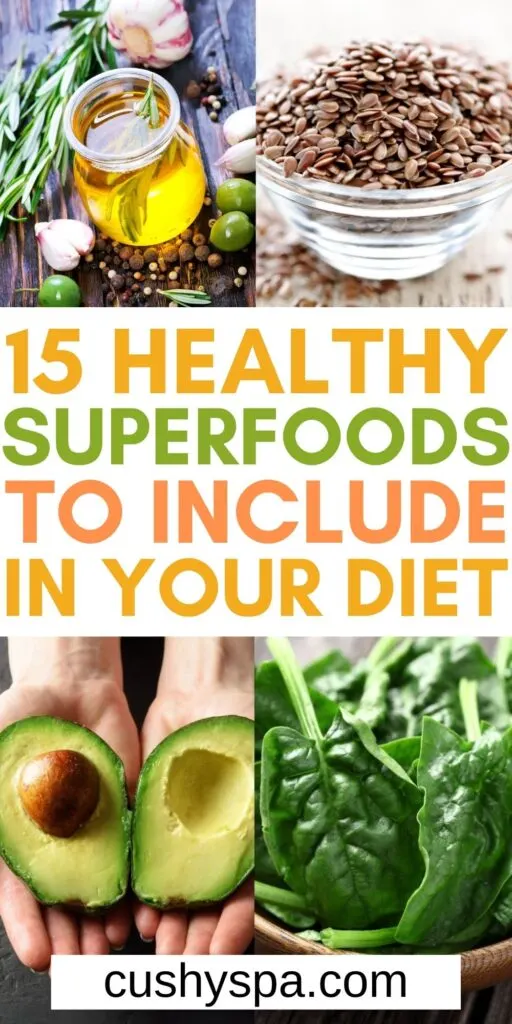Incorporate these superfoods into your meal and have a much healthier diet with little to no effort. These are amazing!

You care about your health. So, you’re doing all the right things.
You’re eating right and exercising. You’re making time for meditation and yoga.
You even use essential oils for your health and your home. Good on you!
So, what else can you do? Eat more superfoods!
Today, I’m sharing 15 Superfoods. They are packed with nutrients that can round out your healthy eating habits.
What are they? Read on to find out!
1. Kale
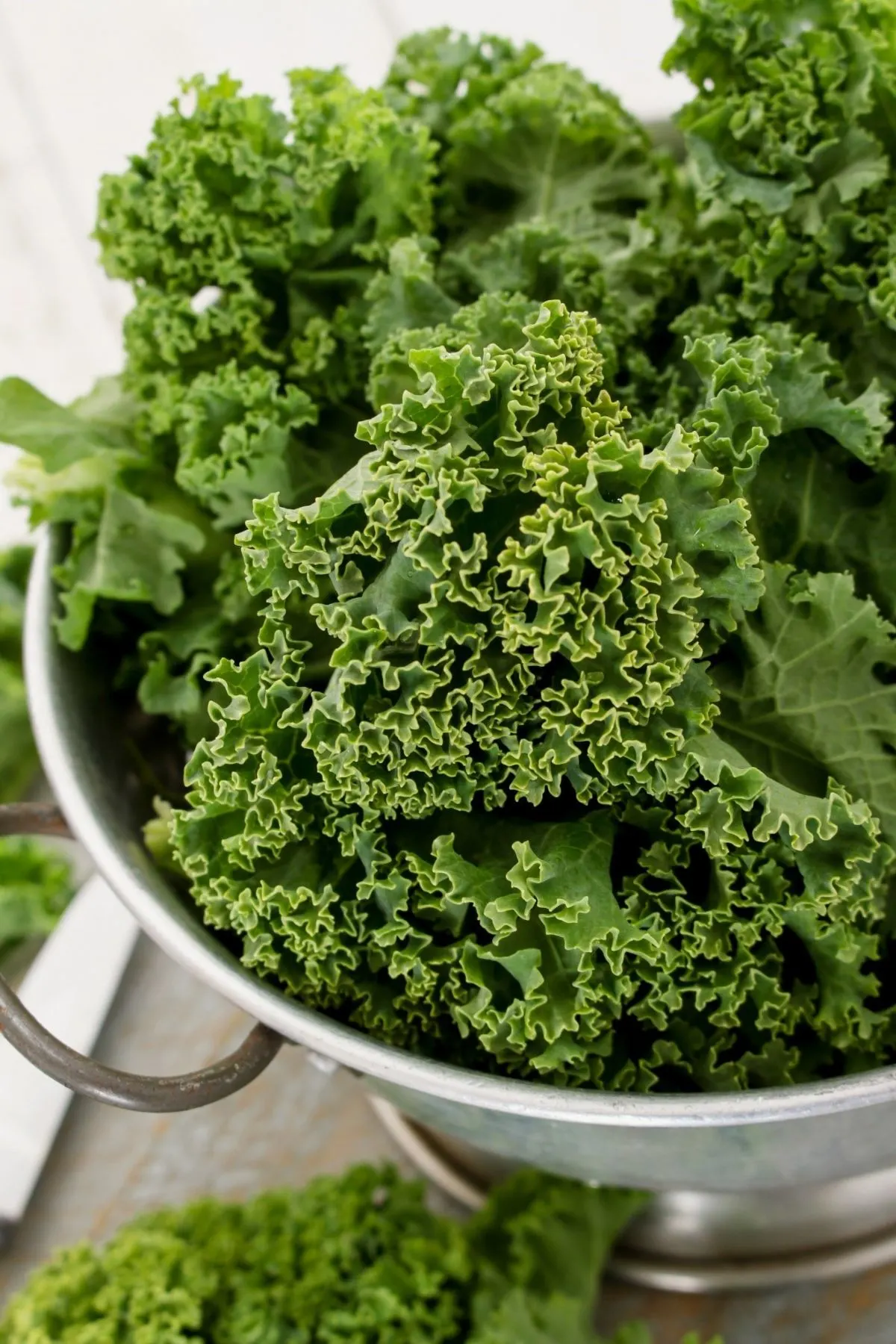
Kale is actually one of the most nutrient-packed foods in the world.
Just one cup of raw kale provides over 200% of your daily Vitamin A needs.
Vitamin A is essential for eye health. In fact, it prevents night blindness.
And it may reduce the risk of age-related eye disorders.
Vitamin A also supports a healthy immune system. And it may even reduce your risk of getting pimples.
Kale is also rich in manganese which is essential for your bones.
Kale also has a ton of antioxidants such as quercetin and kaempferol. So, bring on that kale!
You can use kale in several ways. For instance, you can put it in salads.
You can even saute it in some olive oil and garlic. Or, to keep it simple, you can just steam it using a steamer like this.
2. Spinach
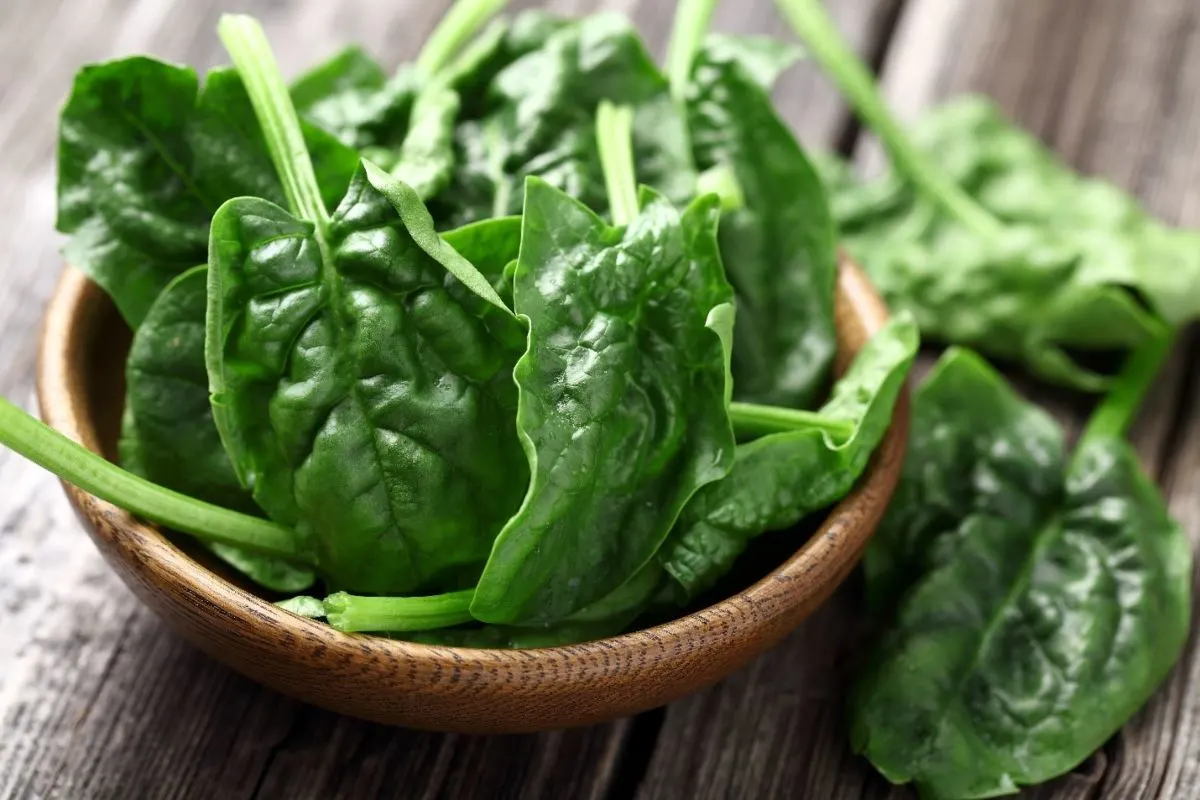
Not a fan of kale? Have some spinach instead.
Just like kale, it is low in calories. So, it may help you lose weight.
It is also rich in Vitamins A and C. So, it boosts your immune system.
It is also surprisingly rich in calcium which you need for healthy bones. And it’s an excellent source of iron which boosts your energy levels.
It even contains nitrates which help regulate blood pressure.
You can put spinach in salads or saute them in some olive oil. You can also add it to soups and stews.
You can also add spinach to your wraps like my Spinach Feta Wrap With Garlic. It’s so easy to make yet tastes so delicious.
3. Blueberries
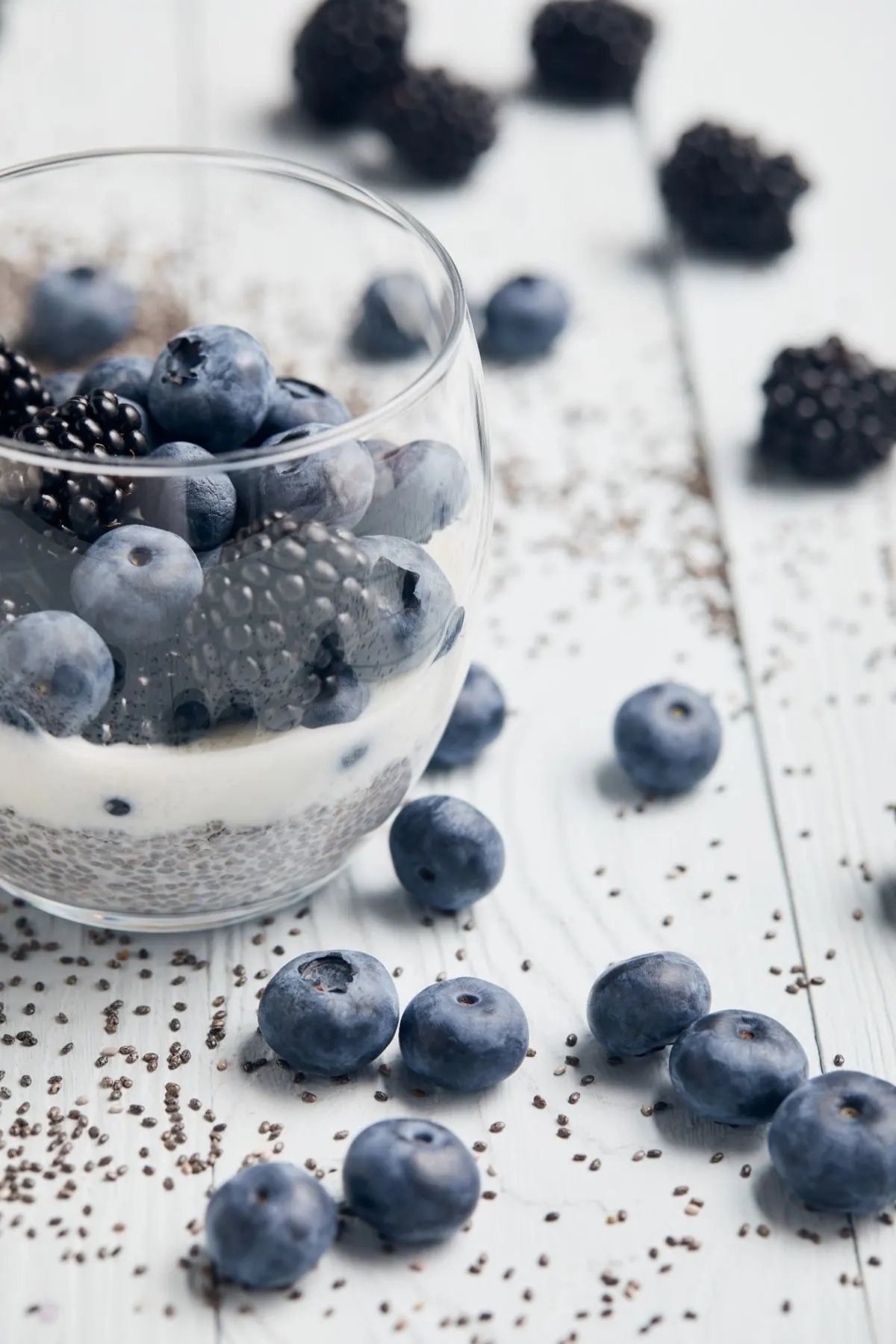
Do you have a sweet tooth? Munch on some blueberries.
Not only are they sweet, but they are good for you too.
In fact, one cup of blueberries provides ¼ of your daily Vitamin C needs. And it even provides ¼ of your daily manganese needs too.
So, blueberries support your immune system and your bones too.
Blueberries are also rich in Vitamin K, which helps your blood clot.
But vitamins aside, did you know that blueberries have tons of antioxidants? In fact, they have the most antioxidants of any fruit or veggie!
So blueberries reduce DNA damage that can lead to aging.
What’s more, blueberries make a great post-workout snack. That’s because they can help your muscles recover after a challenging workout.
Blueberries are great on their own for snacking on. But you can also add them to your cereal or yogurt.
You can also blend blueberries into smoothies. Or you can add them to baked treats like my 3-Minute Low Carb Blueberry Mug Cake.
4. Broccoli
Your mom likely made you eat broccoli as a kid. And for a very good reason.
Broccoli has a ton of vitamins, minerals, and antioxidants. For instance, one cup of raw broccoli provides a stunning 135% of your daily Vitamin C needs.
And it provides 116% of your daily Vitamins K needs – all for 30 calories!
So, it’s great for your health, as well as your waistline. Yay!
But that’s not all. Broccoli is rich in fiber that supports healthy digestion.
It may even slow the aging process. That’s because broccoli contains the antioxidant sulforaphane.
Sulforaphane may increase the expression of antioxidant genes. And when this happens, you age slower.
What’s more, broccoli is a good source of calcium. So, it’s good for your bones.
If you can, eat your broccoli raw or lightly steamed. That’s because overcooking broccoli can destroy many of its nutrients.
There are several ways to use broccoli. You can use it in salads or stir-frys.
You can even use it in casseroles like my Cheesy Garlic Broccoli. It’s so cheesy – you’ll gladly eat your broccoli!
5. Apples
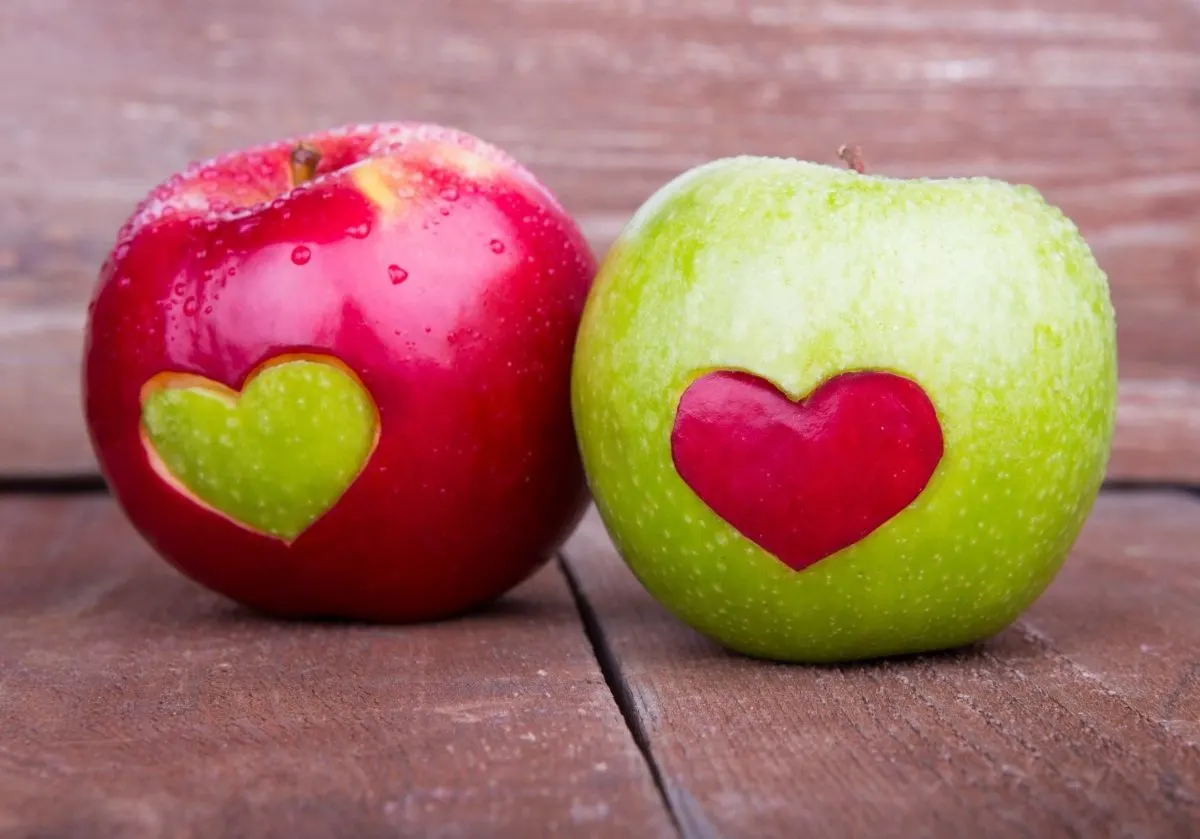
You’ve heard the saying: “An apple a day keeps the doctor away.” But why, you may ask?
For starters, apples contain Vitamin C. So, they boost your immune system.
They may also help you lose weight. In fact, by starting your meals with apple slices, you may eat 200 fewer calories. Sweet!
Apples are also rich in polyphenols which are good for your heart. They also contain pectin fiber which is a prebiotic.
So, it helps feed your good bacteria.
What’s more, apples may even be good for your bones. In fact, research shows that women who eat more apples lose less calcium from their bodies.
To get the most bang from your buck, eat your apples with the skin on. That’s because the skin contains a lot of polyphenols, and fiber too.
However, apples are listed among the Dirty Dozen. That’s because of pesticide residue.
So, you may want to eat organic apples. Or you can scrub your apples with a good vegetable brush.
This vegetable brush here is very flexible and has a non-slip grip. So, it’s easy to hold and can get into the top crease of your apples.
6. Dark Chocolate
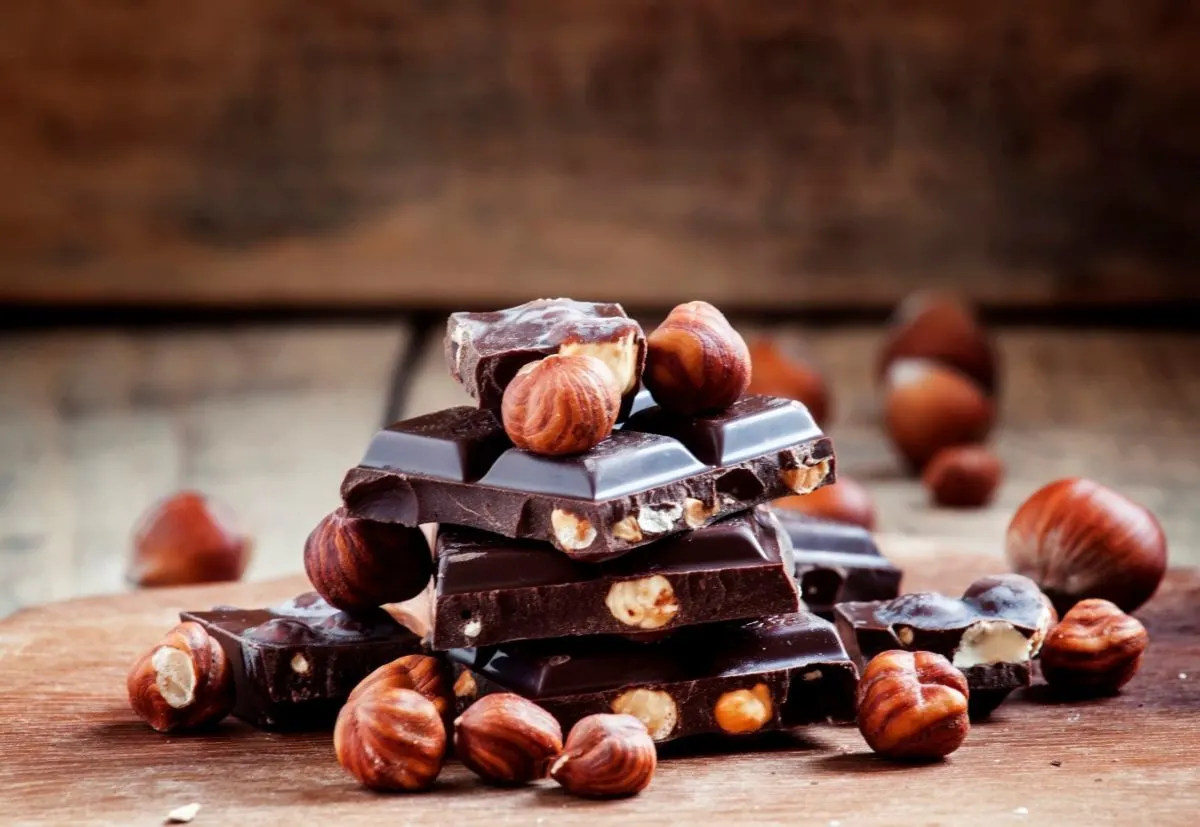
Now apples are yummy and all. But sometimes you want something decadent – like chocolate.
Good thing that dark chocolate is decadent and good for you too.
A 1 oz. serving of dark chocolate provides about 1/3 of your daily manganese needs. So, it supports your bones.
And it is rich in copper, which you need for a healthy immune system.
What’s more, dark chocolate is the king of antioxidants. It contains even more antioxidants than blueberries and acai berries.
So, munch on that chocolate.
To get the most benefits, choose dark chocolate that contains at least 70% cocoa. That way, you’ll get more antioxidants.
I recommend this high-quality dark chocolate here. It contains 85% cocoa and has a nice earthy flavor.
7. Chia seeds
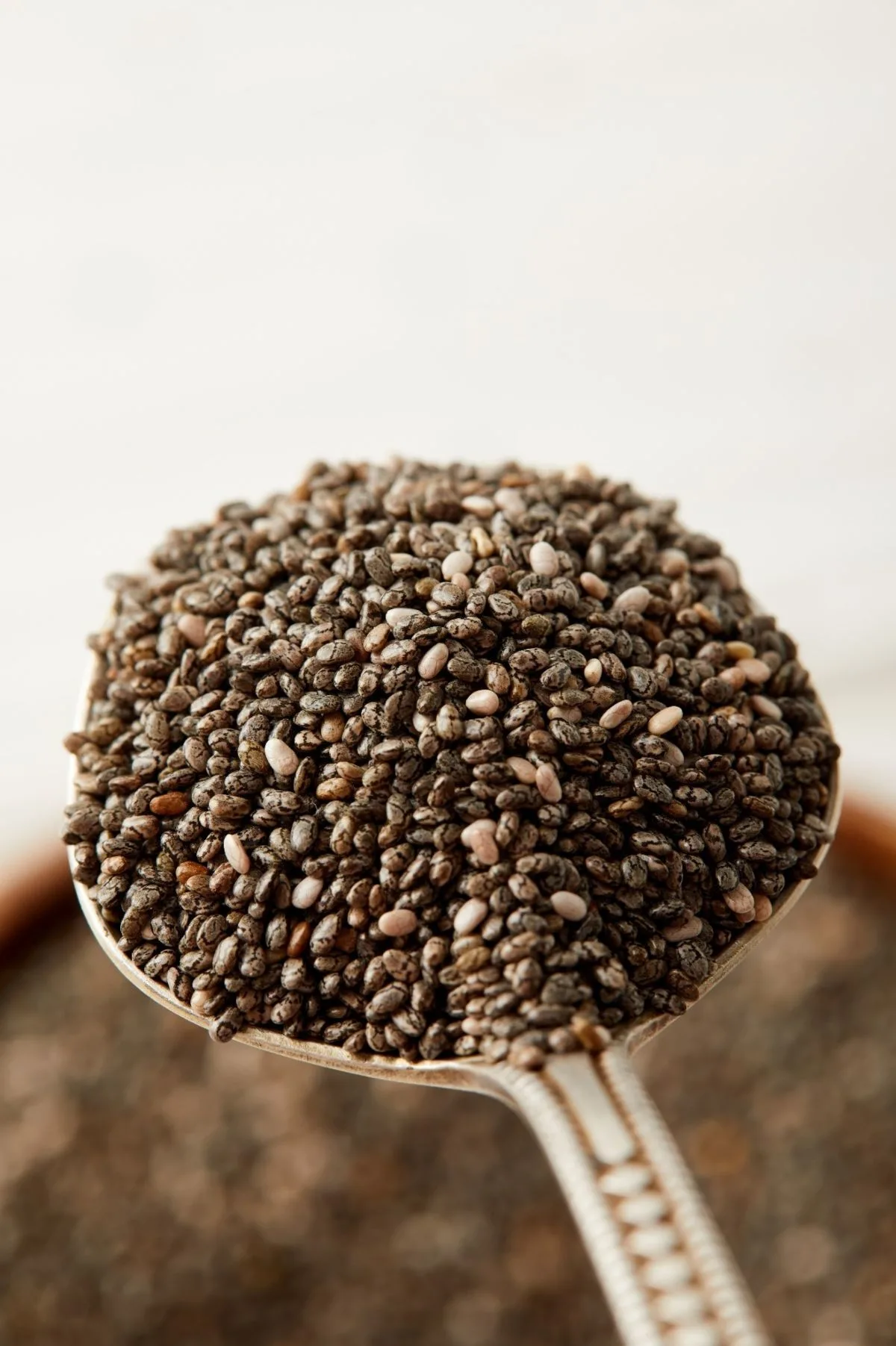
Chia seeds might be tiny – but they pack a big punch of nutrition.
Just a 1.0 oz serving of chia seeds provides 11 grams of fiber. That’s more than 40% of your daily fiber needs.
And it is rich in phosphorus and manganese. So, it is good for your bones.
Chia seeds are also rich in plant-based omega 3s. These are important for the health of your heart.
Chia seeds are pretty easy to add to your diet. You can use them to top your cereal or yogurt.
You can also add them to smoothies. You can even use chia seeds to whip up some chia pudding.
If you need to stock up on some chia seeds, you can get some here.
8. Flax seeds
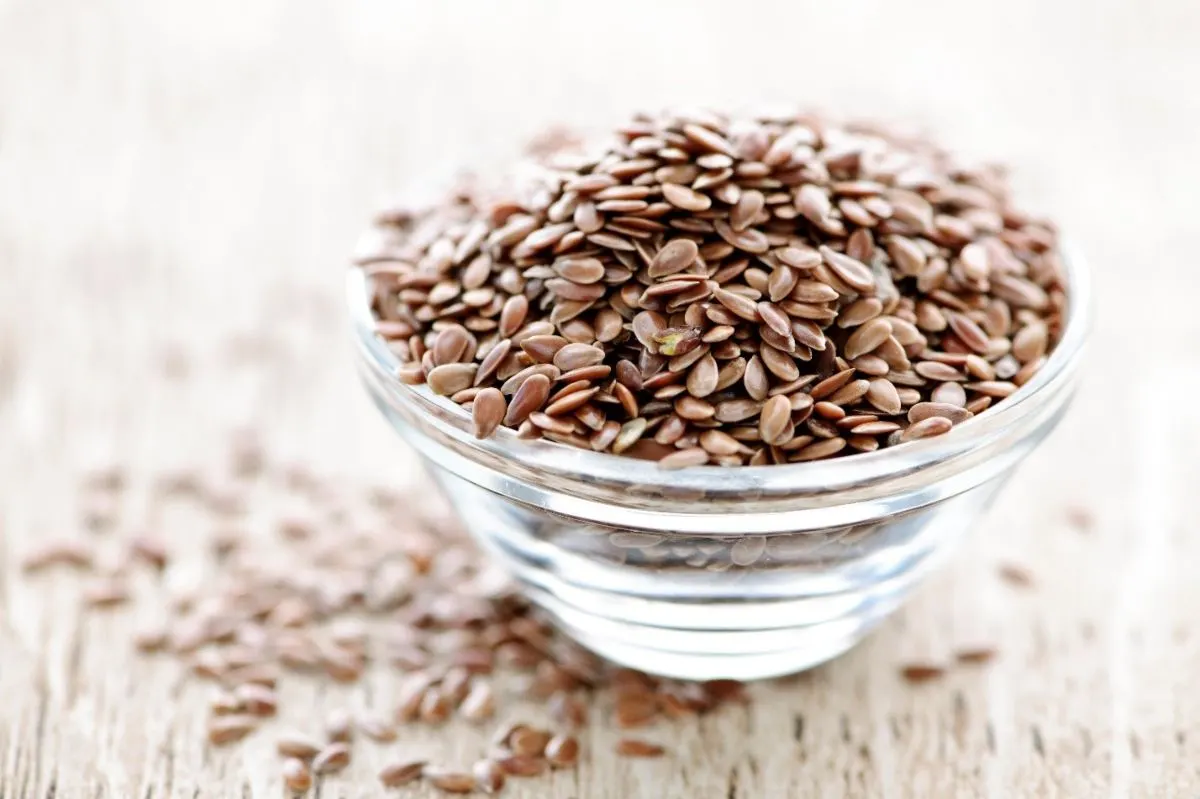
Time for some more seeds – flax seeds this time.
Just like chia seeds, flax seeds are rich in omega-3s. They are also rich in fiber.
In fact, one tablespoon of ground flaxseed has 3 grams of fiber. That’s about 12% of your daily fiber needs.
Flaxseeds may even help you lose weight. That’s because flax seeds contain soluble fiber.
When you eat soluble fiber, your digestion slows down. When this happens, your body releases hormones that control your appetite – and help you feel full. Yay!
There are several ways you can use flax seeds. You can use it in salad dressings.
Or you can add flaxseeds to your oatmeal or yogurt. You can even use it to thicken your smoothies.
If you’d like to give flaxseed a try, you can get some here.
9. Lentils
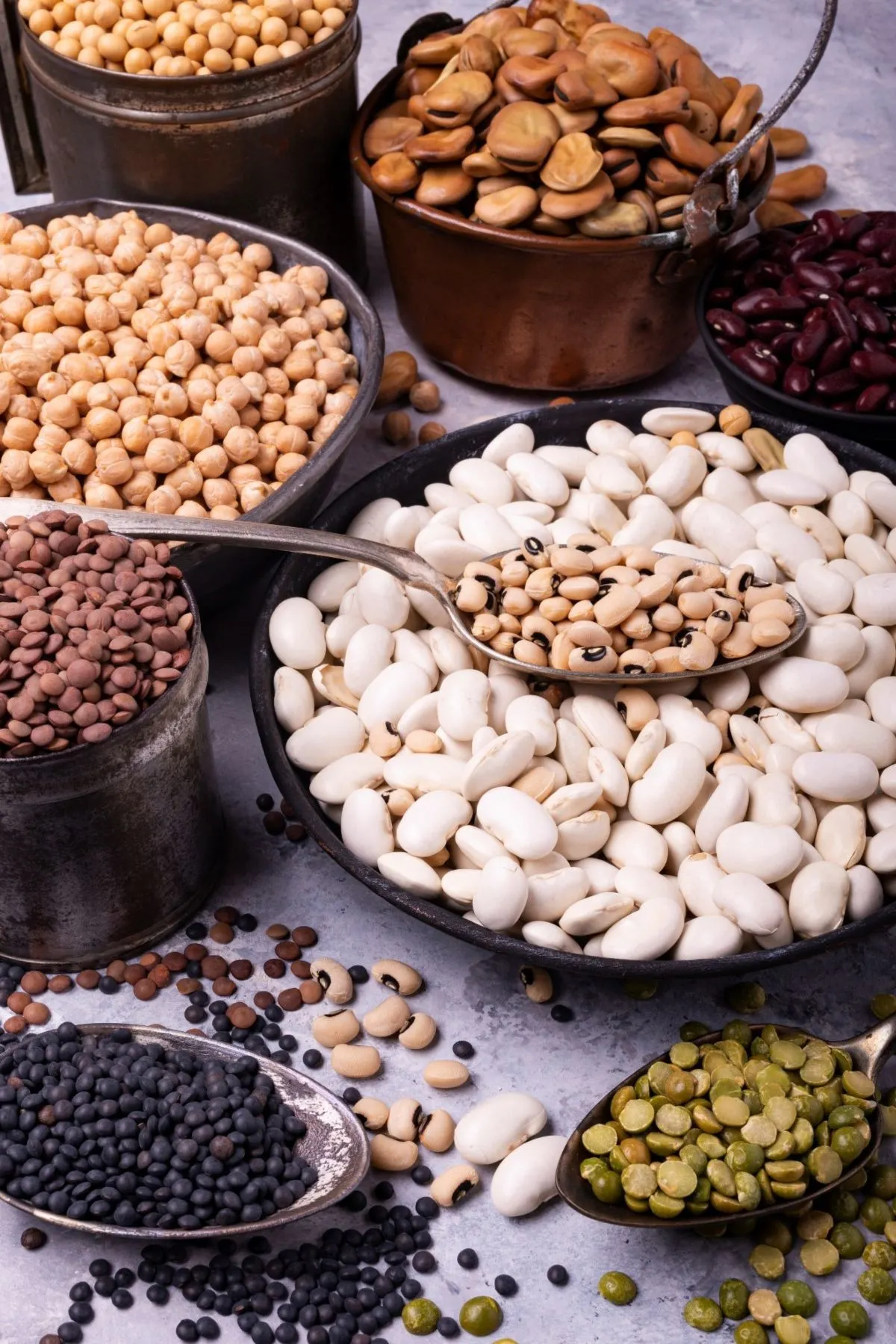
A lot of people are adopting a plant-based lifestyle. And there are several good reasons for this.
Eating plant-forward meals has tons of health benefits. And it’s better for the environment too.
But the question often asked is, “Where do you get your protein?”. Lentils are an excellent meat alternative.
One cup of cooked lentils provides about 18 grams of protein. That’s the same amount of protein as 3 large hard-boiled eggs.
That same cup of cooked lentils also provides 60% of your daily fiber needs. That’s a whole lotta fiber!
Lentils are also rich in polyphenols that are good for your heart. So, eat up those lentils.
Besides using lentils in soups, you can also add them to pasta sauce. Doing this makes meatless pasta sauces much more filling.
10. Oatmeal
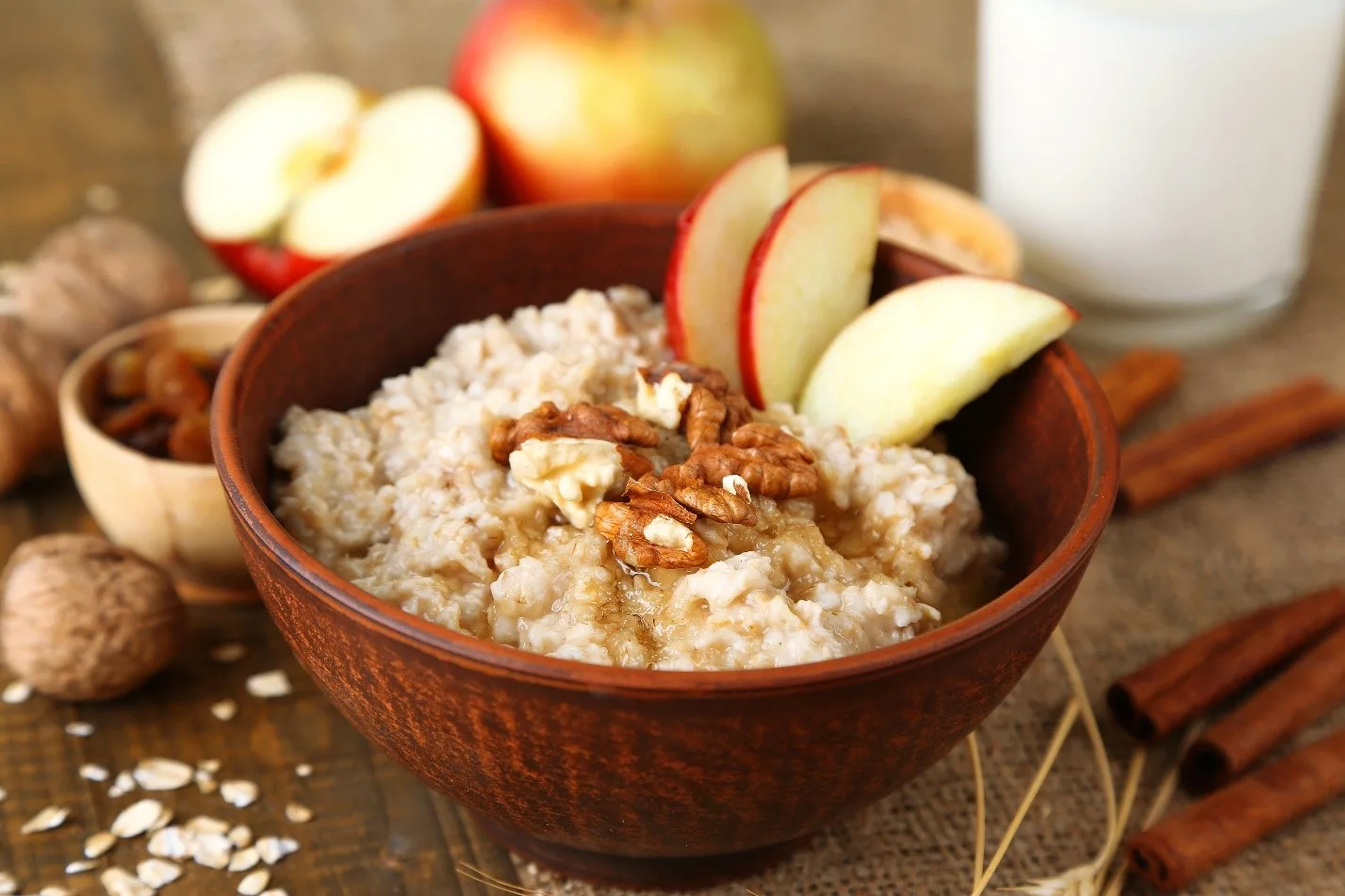
Do you still feel hungry after eating your cereal? Then you may want to switch to oatmeal.
Oatmeal helps you feel full longer. That’s because it contains soluble fiber, which slows down your digestion.
Oatmeal also contains complex carbs that take longer to digest.
Besides helping you feel longer, oatmeal is good for you too. Half a cup of dry oatmeal provides close to 200% of your daily manganese needs.
And it’s rich in phosphorus and magnesium. So, it’s great for your bones.
Oatmeal is also rich in avenanthramide antioxidants. These support heart health and have anti-inflammatory effects.
If you can, choose steel-cut oats like this. That’s because steel-cut oats contain more fiber than instant oats.
Now steel-cut oats do take some time to make. But if you don’t want to baby your oats on the stove, you can make them in a slow cooker like this instead.
11. Garlic
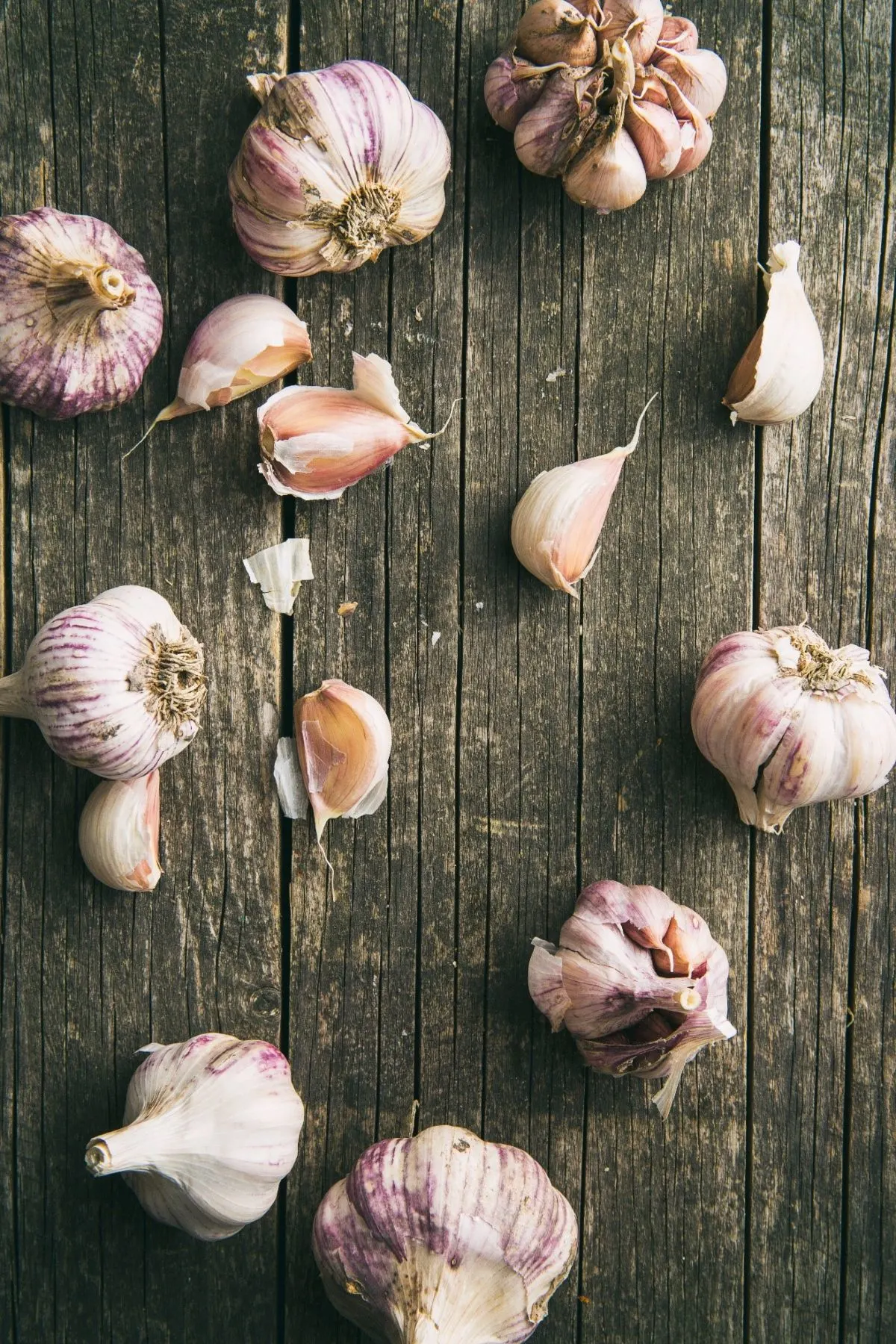
I’m a big fan of garlic, as I’m sure many of you are too. Fresh garlic just adds that extra layer of yumminess, right?
Good thing it’s good for you too. Garlic contains manganese and Vitamin C.
And by adding more garlic to your diet, you may even have fewer colds. This may be because garlic has anti-microbial properties.
Garlic also contains antioxidants that fight free radical damage and aging. So, bring on the garlic breath!
Besides adding it to your soups and sauces, you can use it to make salad dressing. Just press a few garlic cloves with a garlic press like this.
Then add olive oil and a bit of salt. Easy peasy.
12. Olive Oil
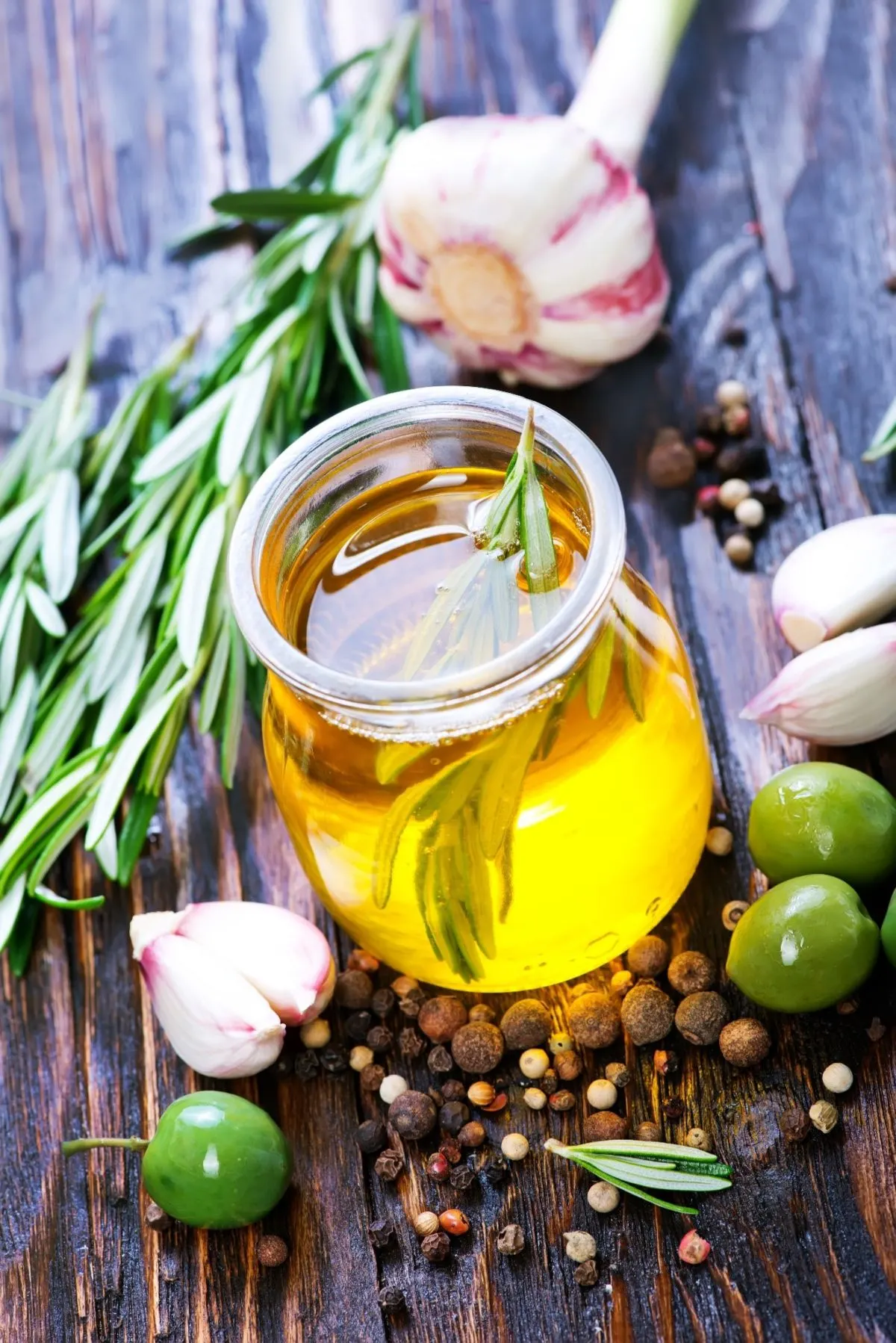
Are you looking for a tasty way to eat your veggies? Saute them in olive oil.
Olive oil has a ton of heart-healthy monounsaturated fats. And it contains Vitamin E, which is good for your skin.
It also contains the antioxidant oleocanthal. This antioxidant works just like ibuprofen, which is a common anti-inflammatory drug.
Besides using olive oil to saute, you can also use it on your salads. You can also drizzle it on freshly baked bread.
When choosing olive oil, make sure you look for extra virgin olive oil like this. That’s because it’s less processed.
This makes it more likely to retain the antioxidants.
13. Buckwheat Pasta
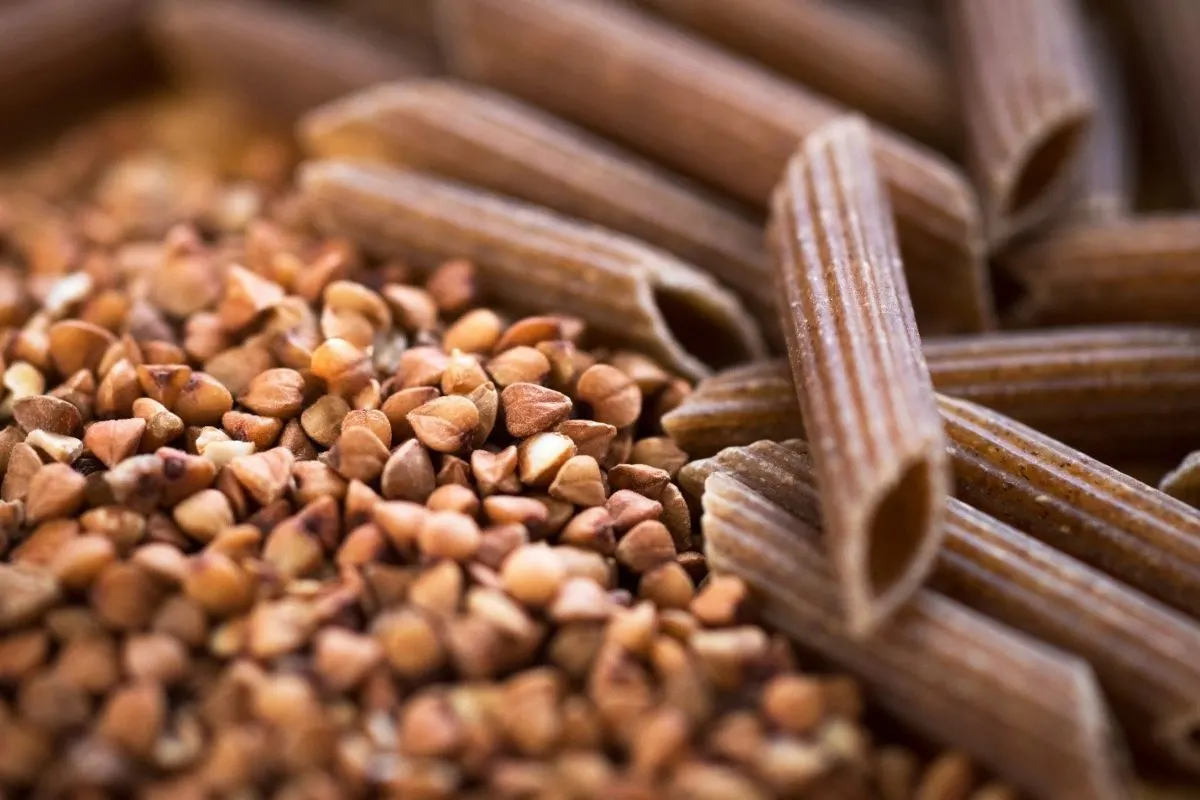
I’m a big fan of pasta, as I’m sure many of you are too. But your typical pasta doesn’t contain much nutrition.
So, you may want to swap it for buckwheat pasta. Buckwheat is a good source of fiber.
It also contains brain-boosting B vitamins. As an added benefit, it has no gluten.
So, it’s a great option if you have gluten allergies or sensitivities. Want to give buckwheat pasta a try? You can get some here.
14. Salmon
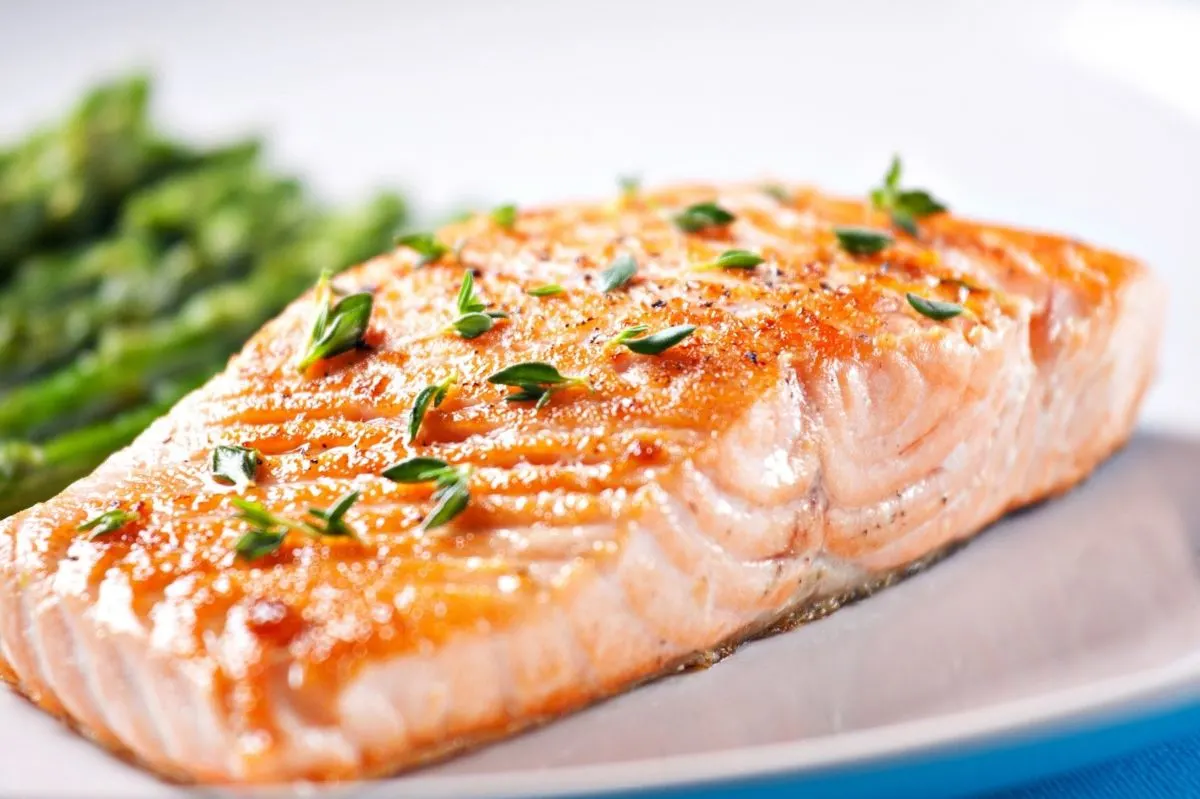
Are you tired of having chicken for dinner? Have some salmon instead.
Besides being tasty, it’s great for you too. It contains several B vitamins.
And it’s one of the best sources of omega-3s. It also contains astaxanthin which reduces inflammation.
Astaxanthin may also prevent skin damage and help you look younger. Salmon also contains potassium which is vital for healthy blood pressure levels.
Just like chicken, you can cook salmon in so many ways. You can bake, poach, steam, or even grill it.
When choosing salmon, try and chose wild salmon. That’s because wild salmon contains more minerals like potassium and iron.
And it may contain fewer contaminants.
15. Avocados
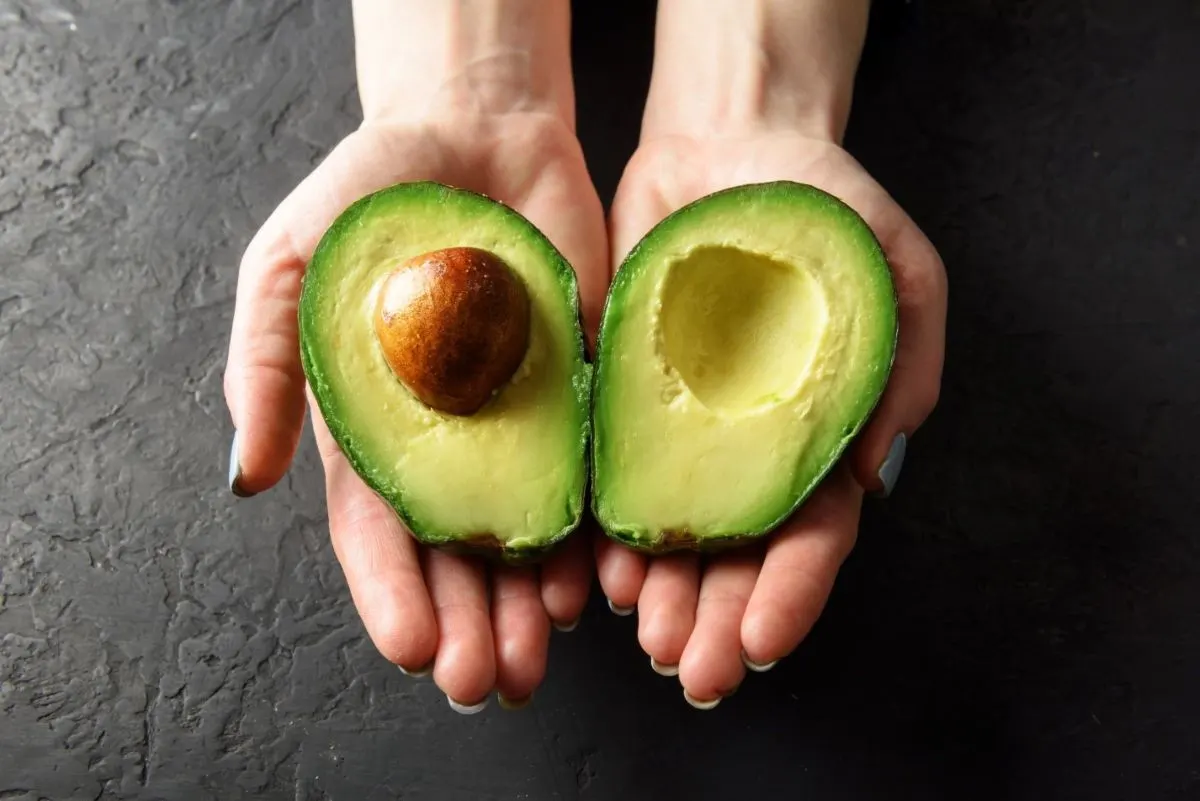
Want to make your salads more appealing? Add some avocados.
Avocados add a nice creamy texture. They also add tons of heart-healthy monounsaturated fats.
So, you can feel good eating them. Avocados are also rich in fiber.
In fact, one avocado provides ½ of your daily fiber needs. It is also rich in Vitamins K and E.
Besides adding avocados to your salads, you can use them for avocado toast. You can even add avocados to your smoothies to make them extra creamy.
Now avocados can be messy slicing. To make it easier, you can use an avocado slicer like this.
It not only slices your avocadoes, but it splits and pits them too.
